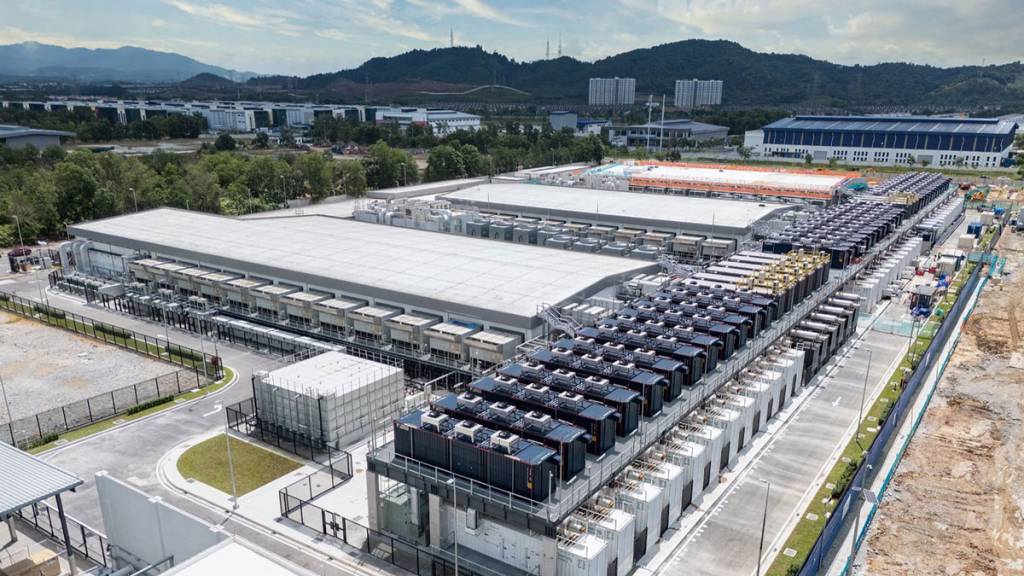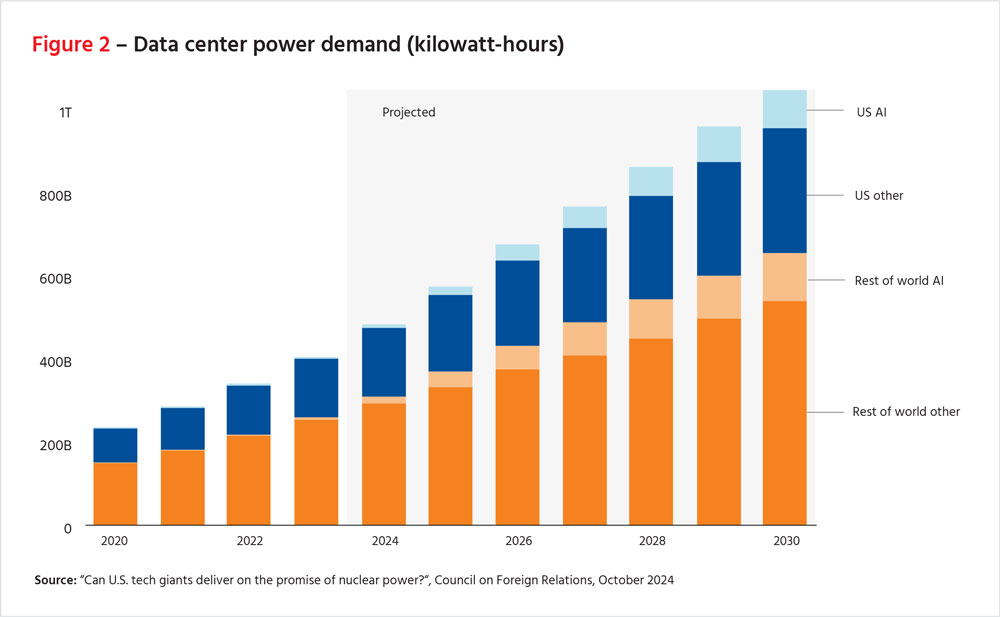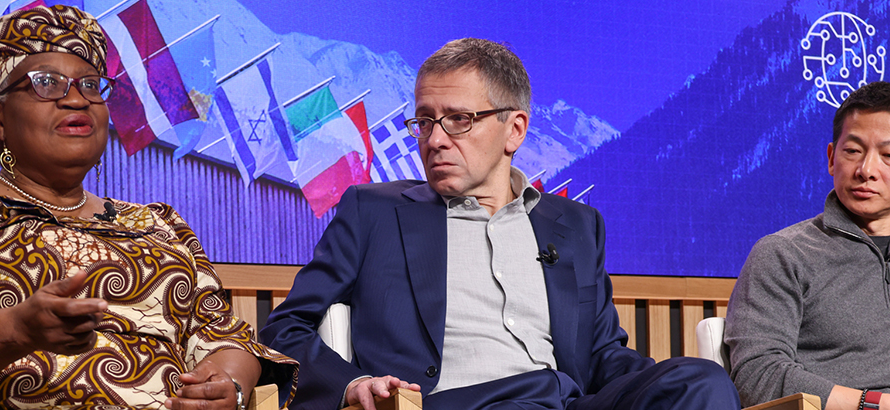The future of the digital economy is increasingly dependent on the ongoing battle for energy and space. For the first time since the birth of the internet, the physical infrastructure that supports global trade and the interconnected economy is facing challenges driven by both geopolitical tensions and climate considerations. This competition is particularly intense in Southeast Asia, a region at the heart of the power struggle between China and the U.S.

The modern internet is often viewed as a virtual entity, yet the “cloud” is actually composed of vast arrays of servers housed in data centers. Previously, the infrastructure of data centers, power lines, and subsea cables remained largely invisible, but with the rise of artificial intelligence, the explosion of data production, and the increasing strategic importance of data, it is impossible to overlook the physical foundations of the digital world.
Investment in these infrastructures is expected to continue its upward trajectory. Amazon, for instance, anticipates $75 billion in capital spending for 2024, up from $48 billion in 2023, with a significant portion dedicated to data centers. Similarly, Microsoft and Google, two of the largest cloud service providers, are pouring money into the necessary infrastructure to support their AI-driven initiatives.
However, tech giants are encountering significant challenges tied to energy and geopolitics. In the Asia-Pacific, the contentious geopolitics of the South China Sea are obstructing the ability to lay subsea cables along the most cost-effective routes. Globally, nations are competing for space to host data centers, putting land-scarce countries at a disadvantage. The immense energy needs of these data centers are also pushing Big Tech companies toward unconventional solutions, such as nuclear power, which in turn introduces new environmental concerns.


In Southeast Asia, the expansion of internet infrastructure presents both opportunities and risks. Investments in renewable and clean energy to power data centers are coming online and are expected to strengthen regional power grids, yielding broader benefits. However, the geopolitical disputes surrounding the routing of subsea cables could work in the region’s favor, making hubs like Singapore more significant. At the same time, these tensions could quickly escalate into major geopolitical challenges.
The development of subsea cable routes and data centers highlights the real-world obstacles facing the digital economy. Since 2010, the number of internet users worldwide has more than doubled, and global internet traffic has grown by 25 times. If the physical limitations of this infrastructure aren’t addressed, the digital economy’s rapid advancement, as well as internet adoption in Asia and other developing regions, could be hindered. This would have serious implications for global economic equality and development, as noted by Kieran Thompson of Dragoman, a Melbourne-based international strategic advisory firm.
Sources:
- Financial Times
- Council on Foreign Relations



